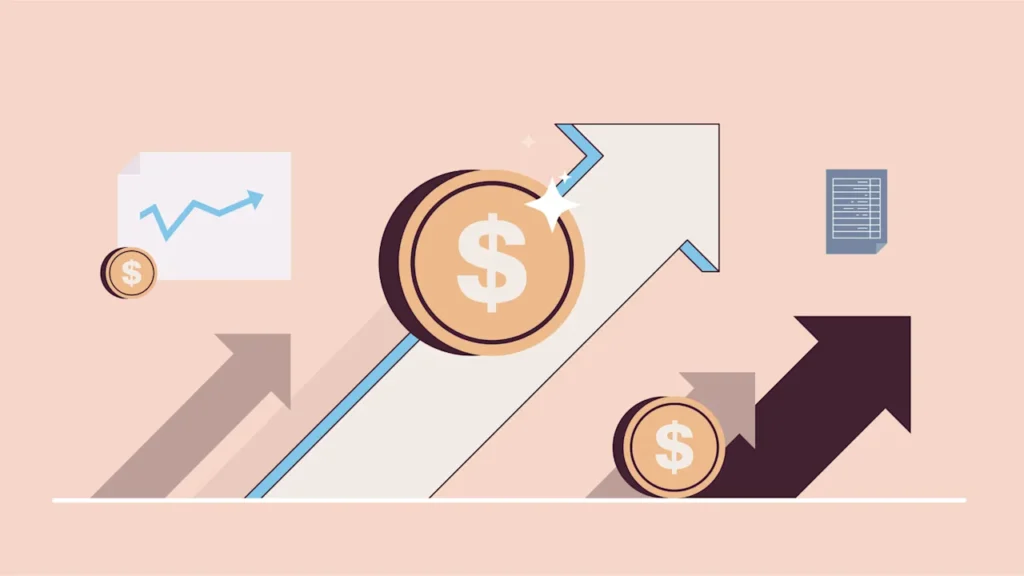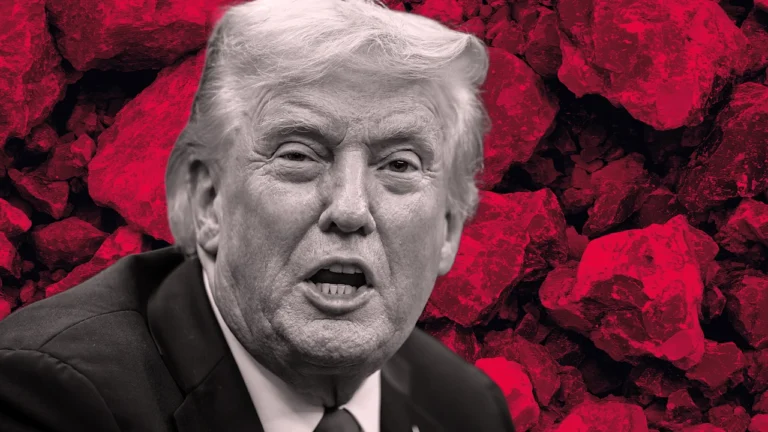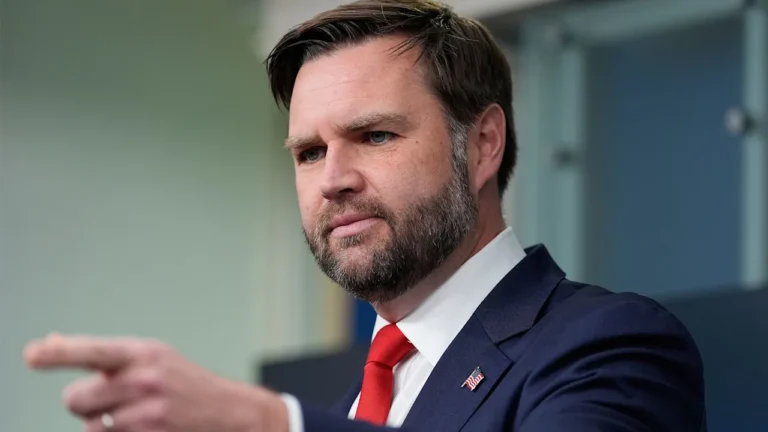
Michelle, a 42-year-old marketing executive, was scrolling through her grocery app when she saw the total: $87. A year ago, her weekly cart never dipped below $200. Chips, late-night snacks, and bottles of wine had given way to produce, yogurt, and lean proteins.
But that same morning, a $900 charge for her GLP-1 prescription landed on her credit card. Whatever she was saving at the supermarket felt dwarfed by the cost of her medication.
Drugs like Ozempic, Wegovy, Mounjaro, and Zepbound are being hailed as medical breakthroughs. They’re not just changing waistlines—they’re changing household budgets. And as these shifts ripple through everyday spending, the financial industry has an important role to play in helping people rethink, rebalance, and plan for this new reality.
THE PRICE TAG OF TRANSFORMATION
GLP-1s aren’t cheap. Out-of-pocket, they run $500 to $1,300 a month. That’s as much as a car payment, or a mortgage in some parts of the country.
People using them are often reshuffling their budgets to afford the drugs. Many think about it like another utility bill: essential, non-negotiable, and something they can plan their whole month around.
Still, users often find savings elsewhere: fewer restaurant meals, less alcohol, smaller grocery runs. Some even report that the math comes closer to breaking even than expected.
WHERE THE MONEY GOES NOW
Losing weight changes more than the number on a scale. People cycle through three or four clothing sizes in a single year. Gym memberships and boutique fitness classes suddenly feel worth the money. Trips once avoided now get booked.
GLP-1s aren’t just about shrinking waistlines. They open doors people may have kept shut for years, and with that comes a new set of financial decisions.
Affluent households can absorb both the prescriptions and the lifestyle upgrades that follow. But for families living paycheck to paycheck, these medications aren’t just expensive. They’re simply out of reach.
THE EMOTIONAL ECONOMICS
With new health often comes new confidence. People may invest more in savings accounts, 401(k)s, or long-delayed experiences. But the flip side is anxiety—the fear of relapse or losing access if coverage changes. That can drive spending on coaches, supplements, or nutrition programs to try to “lock in” results.
This duality is real. We’ve seen people feel free enough to book the beach trip they’ve dreamed about, and we’ve seen others overspend chasing every add-on that promises to make results last.
When health changes this dramatically, people’s money habits have to change too. That’s where financial education comes in, helping people build financial resilience so the gains aren’t just physical, they’re sustainable.
WHEN HEALTH EQUITY MEETS FINANCIAL EQUITY
The GLP-1 boom highlights a blunt truth: Wealth buys health. GLP-1s have created a new form of inequity. Those that can afford them have a better chance of living healthier and perhaps longer. Those that can’t afford them, nothing changes. Access to health shouldn’t depend on access to wealth.
There’s a role for financial institutions here. Banks and credit unions can make innovation work for people looking to live a healthier life. Budgeting tools, fair loans, more transparent buy-now-pay-later programs, even text alerts for prescription rebates—these are the kinds of things that can close the gap, and allow for better health. Financial institutions can’t make the drugs cheaper, but we can give people more room to breathe financially.
RIPPLE EFFECTS ACROSS INDUSTRIES
Food companies are already adjusting as grocery carts shrink. Fashion retailers are expanding sizing in both directions. Resale sites are buzzing with “transitional wardrobes.” Wellness clinics and med spas are seeing record demand.
The open question is whether financial institutions will adapt in the same way, stepping in as partners in resilience. They can, if health and finance leaders are willing to work together.
GLP-1s don’t just change bodies. They change what shows up on a credit card statement. For some, that’s empowering. For others, it’s destabilizing. If GLP-1s are the health revolution of our time, then financial literacy and inclusion have to be the companion revolution.
Edwin Endlich is president of the National Association for Financial Literacy and Inclusion (NAFLI). Ana Reisdorf, MS, RD is founder of GLP-1 Hub.

